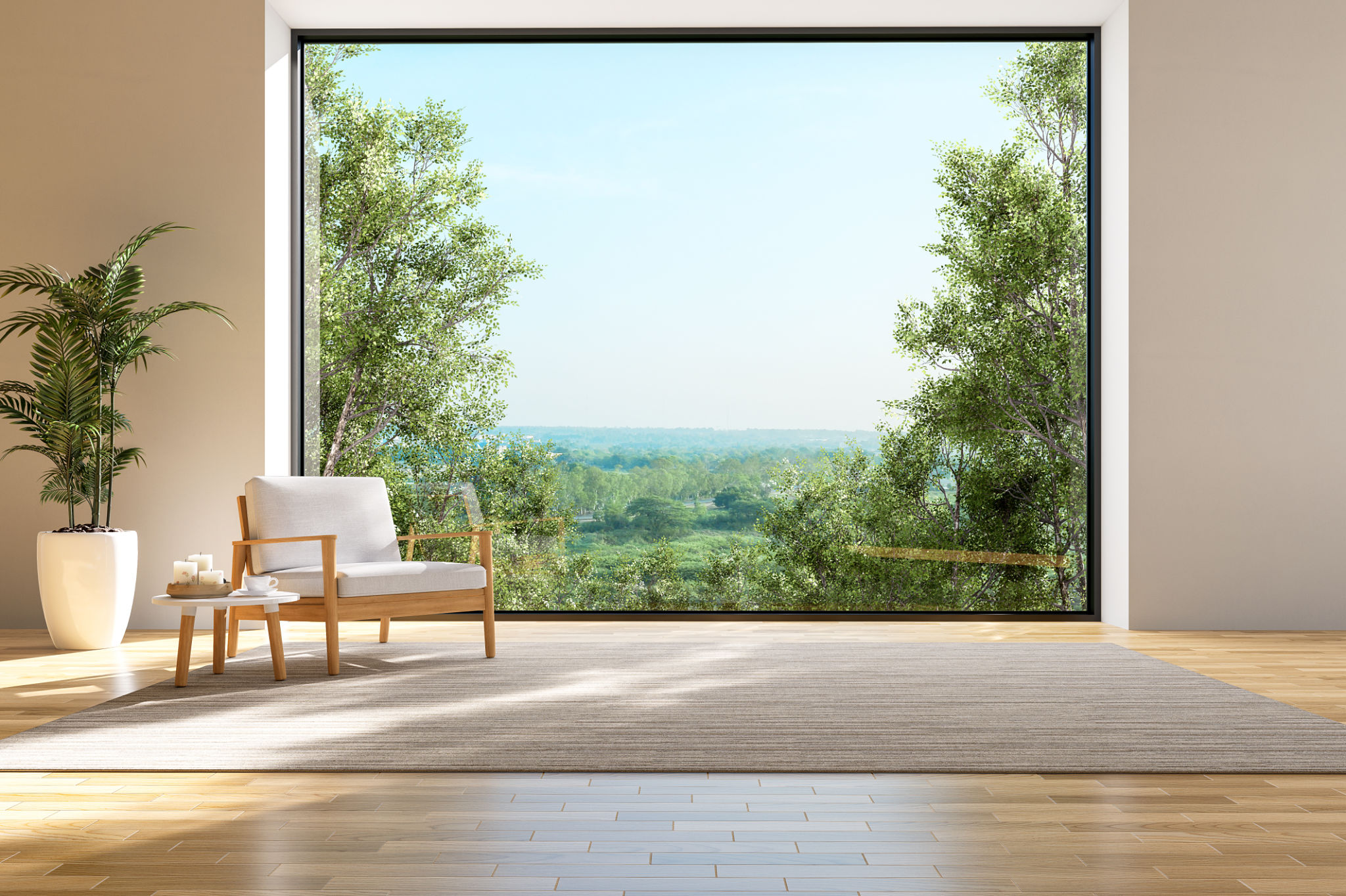Comparing Window Material Options: Vinyl vs. Wood vs. Aluminum
JD
Introduction to Window Material Options
When it comes to choosing the right windows for your home, selecting the appropriate material is crucial. Each material brings its own set of benefits and drawbacks that can significantly impact the performance, aesthetics, and maintenance of your windows. In this post, we'll explore the three most popular window material options: vinyl, wood, and aluminum.

Vinyl Windows
Advantages of Vinyl
Vinyl windows have gained popularity due to their affordability and low maintenance requirements. Made from polyvinyl chloride (PVC), these windows are resistant to moisture, making them an excellent choice for areas with high humidity levels. Energy efficiency is another advantage, as vinyl windows offer good insulation properties that help reduce heating and cooling costs.
Drawbacks of Vinyl
While vinyl windows are cost-effective, they may lack the aesthetic appeal of natural materials like wood. They also come in limited color options, which might not suit everyone's taste. Additionally, exposure to extreme temperatures can cause vinyl to expand or contract, potentially affecting the seal and insulation over time.
Wood Windows
Benefits of Wood
For homeowners seeking a classic and timeless look, wood windows are an exceptional choice. They offer a warm aesthetic and can be painted or stained to match any interior or exterior design. Wood is also a natural insulator, providing excellent energy efficiency when properly maintained.

Challenges with Wood
The primary drawback of wood windows is their maintenance requirements. They need regular painting or staining to protect against rot, warping, and insect damage. Additionally, wood windows tend to be more expensive than vinyl or aluminum options, which may not fit every budget.
Aluminum Windows
Advantages of Aluminum
Aluminum windows are renowned for their strength and durability. They are particularly suitable for modern designs due to their sleek appearance and ability to support larger glass areas. Aluminum is also corrosion-resistant, making it a practical choice for coastal regions.
Limitations of Aluminum
The main disadvantage of aluminum is its poor insulating properties compared to vinyl and wood. Without a thermal break, aluminum windows can transfer heat or cold more easily, which may lead to higher energy bills. However, many manufacturers now offer thermally improved aluminum frames to address this issue.

Making the Right Choice
When deciding on window materials, consider factors such as climate, budget, maintenance preferences, and aesthetic goals. Each material has its strengths, and the best choice will depend on your specific needs and priorities. By understanding the pros and cons of vinyl, wood, and aluminum windows, you can make an informed decision that enhances both the beauty and functionality of your home.
Conclusion
Whether you opt for the affordability and low maintenance of vinyl, the classic charm of wood, or the modern durability of aluminum, selecting the right window material is key to achieving a comfortable and visually appealing living space. Evaluate your options carefully to ensure your choice aligns with your long-term home improvement goals.
